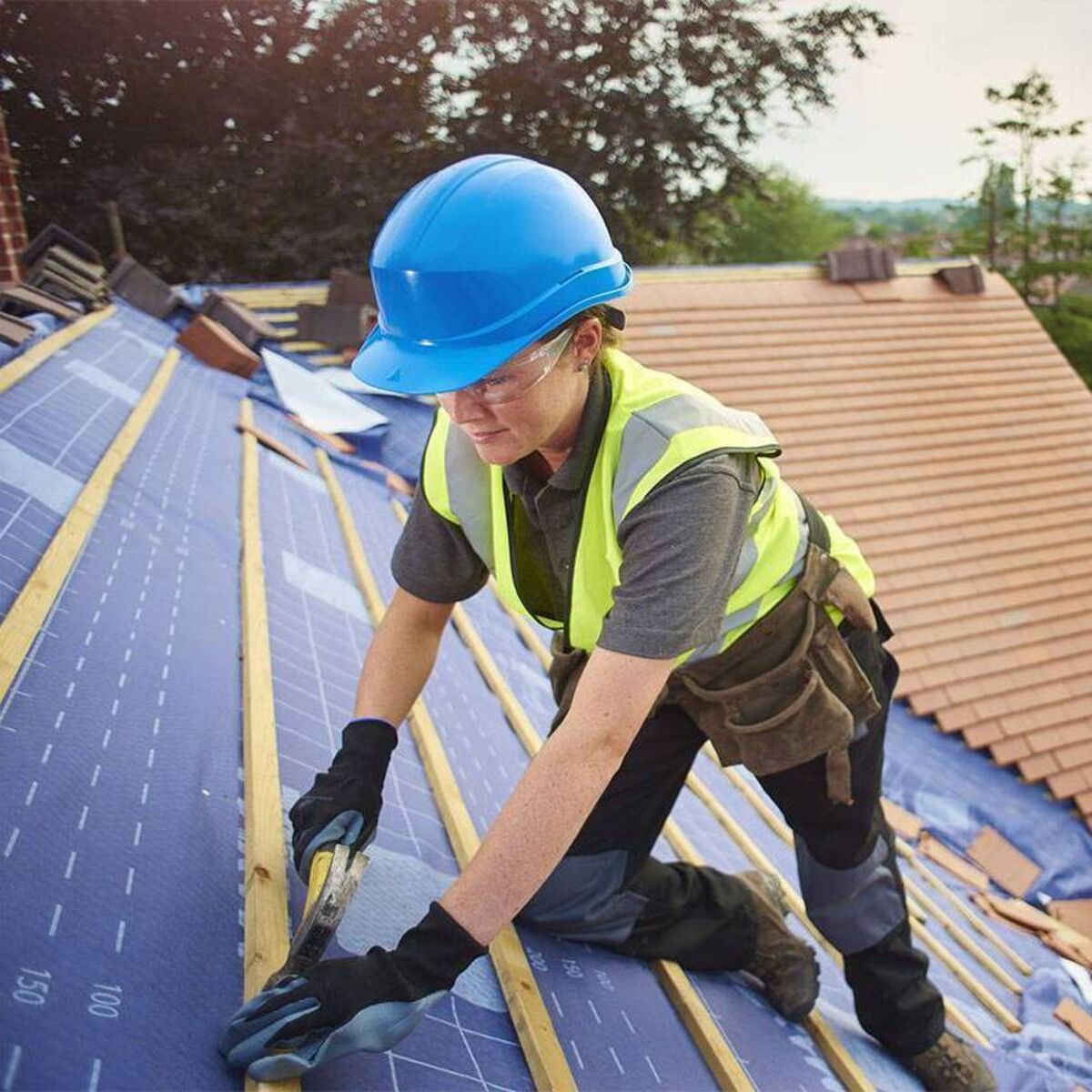By Irishexaminer.com,Tommy Barker, Property Editor
Copyright irishexaminer

In smaller snapshots, Cork’s northside median shows at €325,000, vs €410,000 for the southside, and Ballincollig comes in at a median of €403,000.
Meanwhile, snapshots after the half-year mark show planning permissions are down 12.5%, house building commencements are down, yet completions earlier this year were on the up: clearly there’s a supply blip coming.
Completions for H1 rose by 20%, according to Banking and Payment Federation (BPFI) figures cited by Billy Holland of EBS, who says their five Cork offices saw a 30% rise in mortgage drawdowns as “clear sign of growing activity and buyer confidence”.
In contrast, the fact that so many clear challenges remain are likely to surface at the EBS One Stop Shop Home Buying Event in Cork next week, Mr Holland reckons, in the run-up to Budget 2026.
Squaring up to play an increasing role in Cork’s new homes market is east Cork: back in the good ol’ US the advice was ‘go west, young man.’ Today, it’s go east, young buyers.
Estate agent Suzanne Tyrrell of Cohalan Dowing and Adrianna Hegarty agree that East Cork will deliver a significant pipeline of new homes, with at least 10 active developments across the region, with Midleton (where median prices are €375,000, and Glanmire’s median is €385,000, according to this week’s CSO report) in particular lined up for large-scale future growth as a housing hub with ‘game changer’ commuter rail access and frequency upgrade, says Ms Hegarty.
As affordability squeezes buyers who are in any case constrained by Help to Buy and First Homes thresholds in the €450,000/€475,000/€500,000 league – and that’s where even many ‘traditional’ new semi-ds now sit, pricewise – “we are seeing a conflicting trend in purchasers’ attitude to location versus value for money,” says Cohalan Downing’s Ms Tyrrell.
“More flexible working environments allow purchasers to opt for larger homes out of town as they are spending more time in it. Thus, these ‘commuter’ towns with larger homes on offer are appealing, vs those seeking the ‘premium address’ who are willing to compromise on the size of the property, in order to be in the location they desire.” However, without a sustained increase in completions “the schemes act more as demand support than a structural fix to affordability problems,” Ms Tyrrell adds, and where prices exceed these thresholds “there is a tangible drop in interest as affordability is pressured.”
New Homes specialist Elizabeth Hegarty of Savills notes the rise in the average age of the First Time Buyer, the most active buyer cohort, “which we feel is down to affordability in a lot of cases. The average age of the first-time buyer in our experience now tends to be between 30-40 years old.”
Help to Buy, the First Home Scheme and other supports “are driving demand in this space even higher as buyers rely on this support in a strong market,” and so Ms Hegarty suggests the Help to Buy could even be extend in the second-hand market where FTBs are also active, at a lower price point.
“Regarding pricing in second hand homes, due to the high levels of buyers, who in a lot of cases are seeking the same house type in certain locations, I feel it wouldn’t feel it would necessarily drive the price/bidding further but gives the buyer some more leeway within their own budgets with the rebate available,” Adrianna Hegarty.



